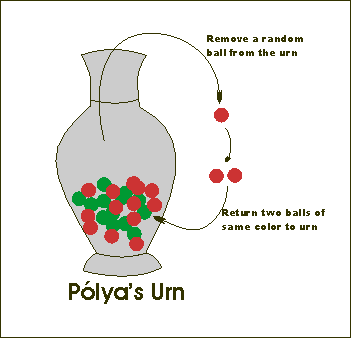*** Generational Dynamics forecasting - Part II
The first kind of generational trend, described above, is very
general, applying uniformly to any society. The second kind of trend
is more specific to a particular society and time frame.
Let's take "nationalism" as an example. Nationalism is increasing
around the world. Nations become increasingly nationalistic during
generational Crisis eras, but the choice of "target" of their
nationalism is a chaotic choice, related to the previous crisis war.
In a typical situation, every nation has been "wronged" in many, many
different ways. A nation can't want revenge for all of them, but
instead the nationalism is focused on certain targets. Almost always,
the first signs of the selected target begin to show themselves in the
Recovery Era following the previous crisis war.
The choice of nationalism/xenophobia "target" is completely chaotic at
the beginning of the Recovery Era, following the crisis era climax,
when people are so traumatized that they are willing to endure any
hardship or humiliation, as long as doing so is thought to prevent
a recurrence of the last war. But as time goes on, the choice of
target becomes clearer.
For example, in 1945 we could not have predicted with any confidence
that Japan would become our friend and China would become our enemy 60
or 70 years later, effectively reversing their status from during the
war itself. But during that 60-70 year period, the choice of
nationalism target has become clearer. The Korean and Vietnam wars
were early signs of increasing anti-American nationalism in China,
while the long-term Japan-U.S. defense treaties were signs of
decreasing anti-American nationalism in Japan.
Although the choice of nationalism target is chaotic, the chaotic
choices begin to achieve a kind of momentum that increases over time.
In the past, I've used "Pólya's Urn" as a conceptual model to show how
this process might be understood.

If you consider the selection of the ball to be removed a chaotic choice,
then you can see that the early selections cause a "momentum" that affects
the later choices. The initial choice of red or green may be 50-50, but
once there's a slight preponderance of red or green, then it will
accelerate.
(This is in contrast to an urn with different rules: You simply add a
random red or green ball in each move without removing anything. In
this case, there might still be a preponderance of red or green, but
it's only temporary, and by the Law of Large Numbers it will correct
itself. But in the case of Pólya's Urn, a preponderance of red or
green won't be corrected, but instead will become permanent
and entrenched.)
So if you imagine our relationship with China as being Pólya's Urn
with the same number of red or green balls in 1945, you can imagine
that as the years go by, the number of red balls increase
dramatically, so that today, 65 years later, there are so many red
balls that we can make a "trend prediction" that China and America are
headed to war.
Most of what I've been doing since I started my web log years ago has
been mentally estimating red balls and green balls on a daily basis.
If the red/green ball ratio is close to 1, then I use words like,
"this is a chaotic outcome and can't be predicted." If the ratio goes
up (in my mind), then I say, "this is very likely to happen." And
when the red/green or green/red ratio become so great that it can't be
reversed, then I feel confident in saying, "this will happen with 100%
certainty."